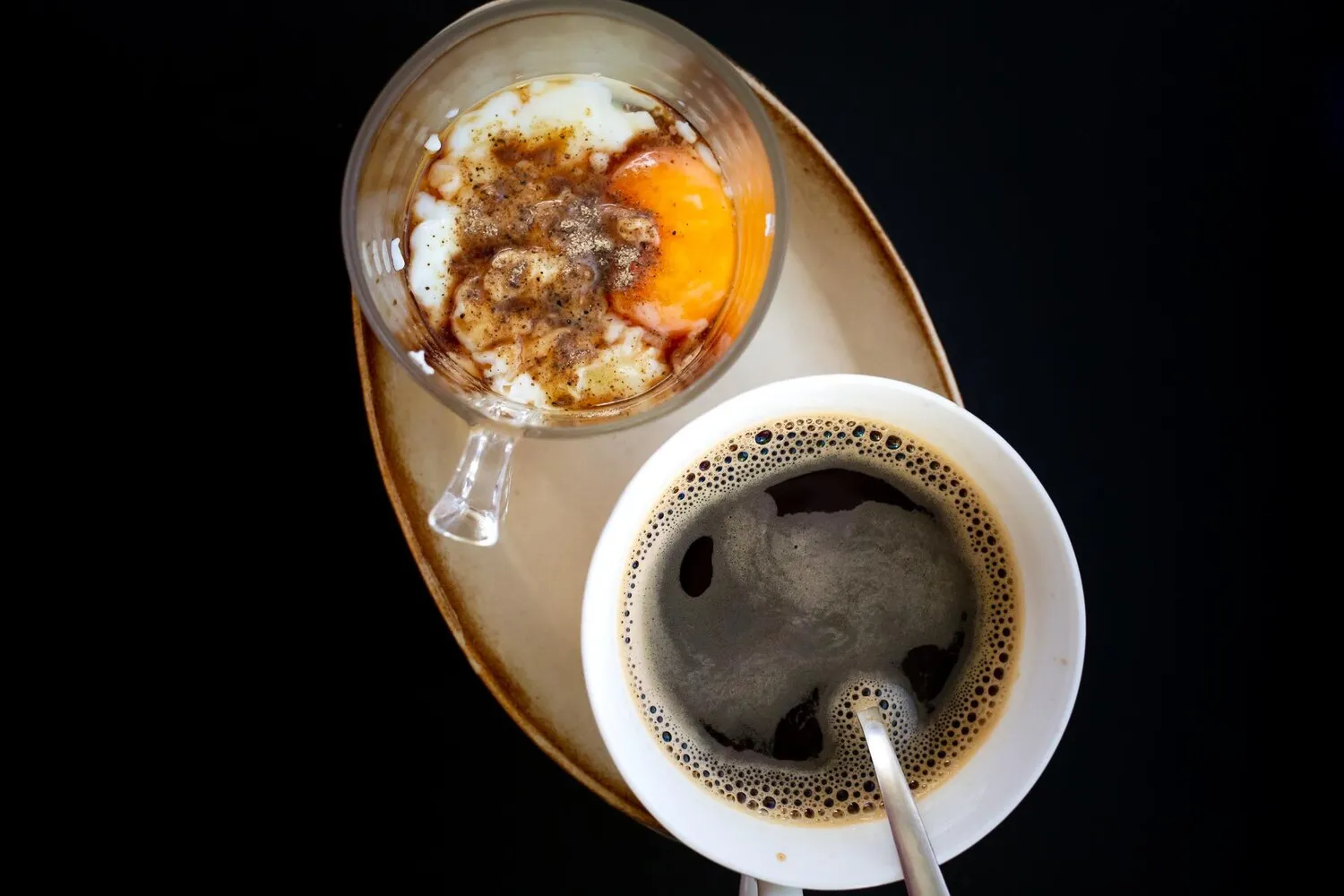
Vermut
House Vermouth, a popular choice.
Nutrition Facts
* The % Daily Value (DV) tells you how much a nutrient in a serving of food contributes to a daily diet. 2,000 calories a day is used for general nutrition advice.
Morro Fi
While the concept of fortifying and flavoring wine dates back to ancient times, modern vermouth's roots can be traced to 18th-century Turin, Italy, with the creation of sweet vermouth. Its popularity quickly spread throughout Europe, particularly in France, leading to the development of dry vermouth.
Vermouth holds a significant place in cocktail culture, primarily as a key ingredient in classic cocktails. It also enjoys popularity as an aperitif, served neat or on the rocks.
Cocktail Staple
Vermouth is an essential ingredient in iconic cocktails such as the Martini, Manhattan, Negroni, and Americano. Its role is to add complexity, balance, and depth of flavor.
Aperitif Culture
In many European countries, especially Italy and France, vermouth is enjoyed as an aperitif before meals. It stimulates the appetite and provides a refreshing start to the dining experience.
Social Occasions
Serving vermouth is often associated with relaxed social gatherings, whether at home or in bars. It's seen as a sophisticated yet approachable drink.
Vermouth's flavor profile is complex and multifaceted, driven by a blend of botanicals, herbs, and spices. It offers a balance of sweetness, bitterness, and aromatic complexity.
The primary flavor component is wine, which serves as the base. This wine is then fortified with a neutral spirit and infused with a proprietary blend of botanicals. Common botanicals include wormwood (which provides the characteristic bitterness), gentian, cinchona bark, citrus peel, spices like cloves and cinnamon, and various herbs. Sweet vermouth is typically sweeter and richer with notes of caramel and vanilla, while dry vermouth is drier, crisper, and more herbaceous. The specific flavor profile varies widely depending on the producer and the exact blend of botanicals used.
Proper Storage
Once opened, vermouth should be stored in the refrigerator to prevent oxidation and preserve its flavor. It typically lasts for several weeks in the fridge.
Serving Temperature
Serve vermouth chilled, either neat, on the rocks, or in cocktails. This enhances its refreshing qualities and allows the flavors to be more pronounced.
Explore Different Types
Experiment with different styles of vermouth, including sweet (rosso), dry (secco), bianco (white), and rosé. Each style offers a unique flavor profile that can enhance different cocktails or be enjoyed on its own. Research artisanal and small-batch producers for unique and interesting vermouths.
Freshness Matters
Because vermouth is wine-based, freshness is key. Use it within a reasonable timeframe after opening to enjoy its best flavor.
Explore additional Drink dishes and restaurants
Explore DrinkDiscover top dining spots and culinary experiences in Barcelona.
Explore BarcelonaLearn more about the food culture, restaurant scene, and culinary heritage of Spain.
Explore Spain